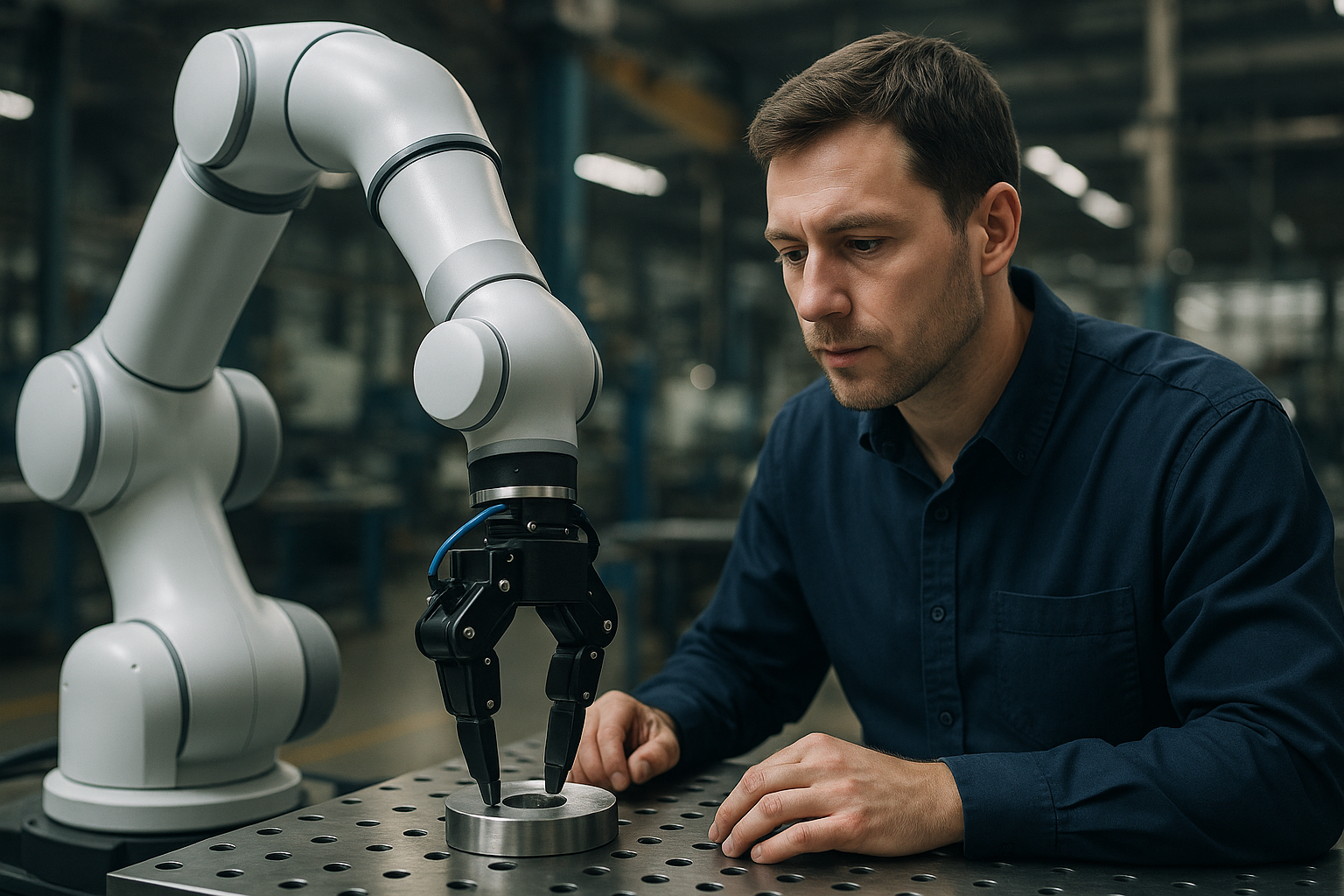Innovating Business Through Industrial Co-bots: A New Era of Automation
Introduction: The rise of collaborative robots or "co-bots" is transforming the business and industrial landscape. This article delves into the advent of co-bots, their growing role in businesses, and the subsequent challenges and opportunities they present.

A Look Into the Past: The Advent of Co-bots
The concept of robots working in tandem with humans is not new. Co-bots first appeared in 1996 when General Motors and Northwestern University collaborated on a project to create robots that could work safely alongside human workers. However, it wasn’t until the last decade that co-bots began to gain traction in businesses and industries worldwide. Today, they’re considered a key component in the pursuit of operational efficiency and competitive advantage.
The Present Scenario: Co-bots in Businesses
Co-bots are being used in various industries, from manufacturing and healthcare to retail and logistics. They’re designed to handle repetitive tasks, freeing up human employees to focus on more complex operations. This not only increases productivity but also improves job satisfaction among workers. Moreover, co-bots are user-friendly, adaptable, and can be easily integrated into existing workflows.
The Impact: Evaluating the Benefits and Challenges
Co-bots offer several benefits, such as cost effectiveness, increased productivity, and enhanced safety. However, they also present challenges. For instance, businesses need to invest in employee training to effectively collaborate with co-bots. Additionally, cybersecurity risks are a concern, as co-bots, like any connected technology, can be vulnerable to hacking.
The Future: Co-bots and the New Industrial Revolution
As technology evolves, co-bots are expected to become more sophisticated, capable of handling more complex tasks. This could lead to a new industrial revolution, with co-bots playing a central role in business operations. However, businesses will need to address the challenges and prepare for the changes that co-bots will bring.
Unleashing the Full Potential of Co-bots: Practical Insights
-
Invest in employee training: To fully leverage co-bots, businesses should invest in training programs to help employees understand how to work effectively with these machines.
-
Prioritize cybersecurity: Businesses should have robust cybersecurity measures in place to protect against potential threats.
-
Consider the human touch: While co-bots can handle many tasks, businesses shouldn’t overlook the importance of the human touch, especially in customer-facing roles.
In conclusion, co-bots represent a significant shift in business and industrial operations. By understanding their potential and addressing the associated challenges, businesses can harness the power of co-bots to drive growth and operational efficiency. However, it is imperative not to lose sight of the human element, as it remains a critical component in any successful business.
Ultimately, the successful integration of co-bots will depend on how well businesses can strike a balance between automation and human touch, leveraging the strengths of both to create a productive, efficient, and satisfying work environment.




